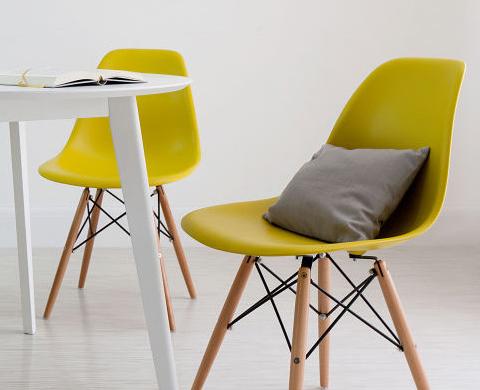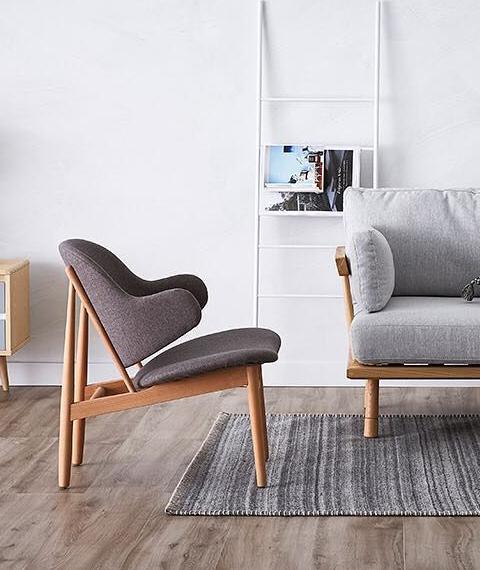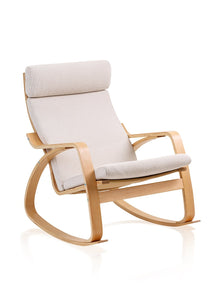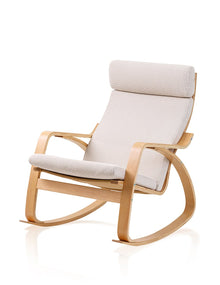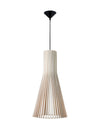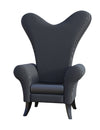Flash Furniture Chair padded arm rest dining
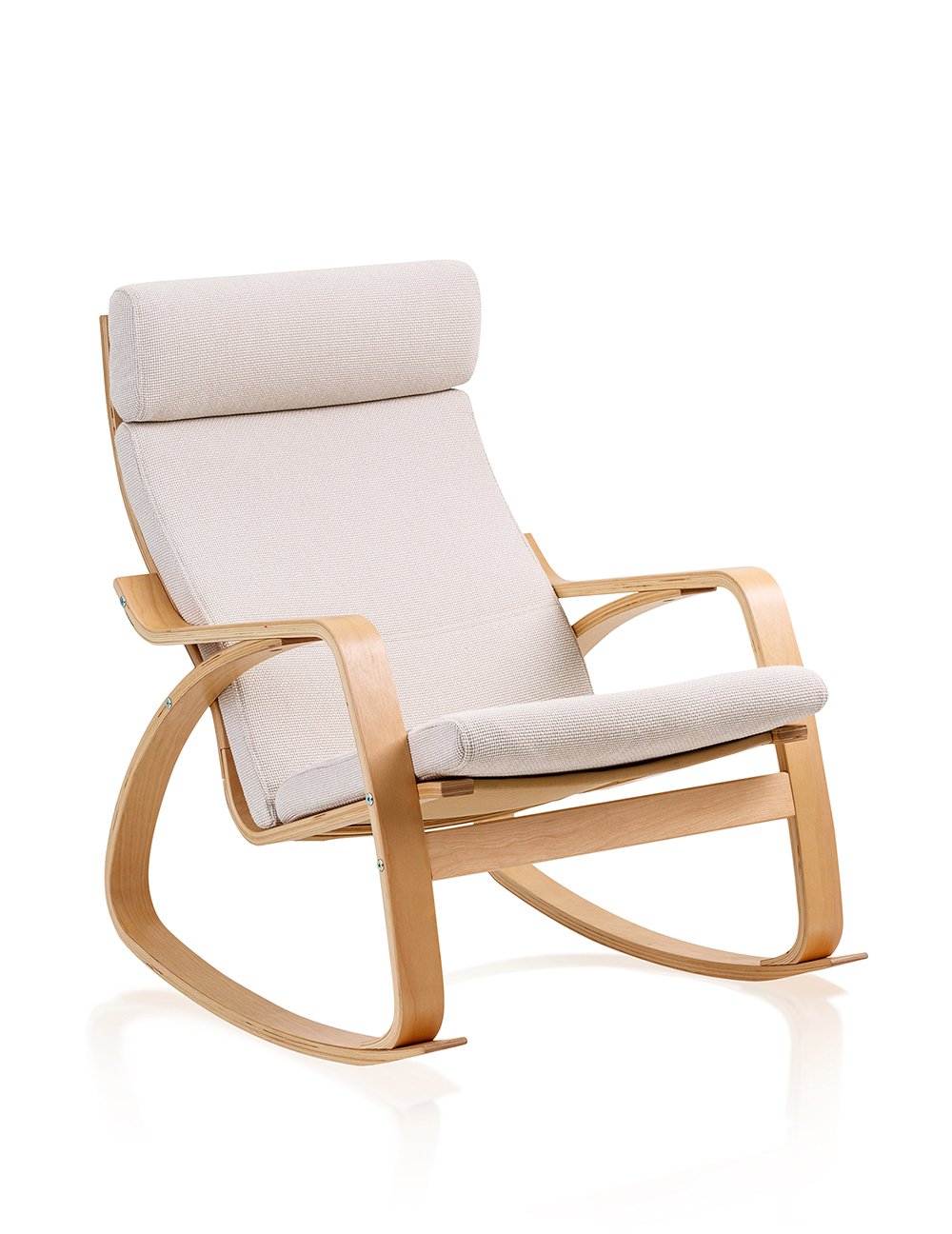
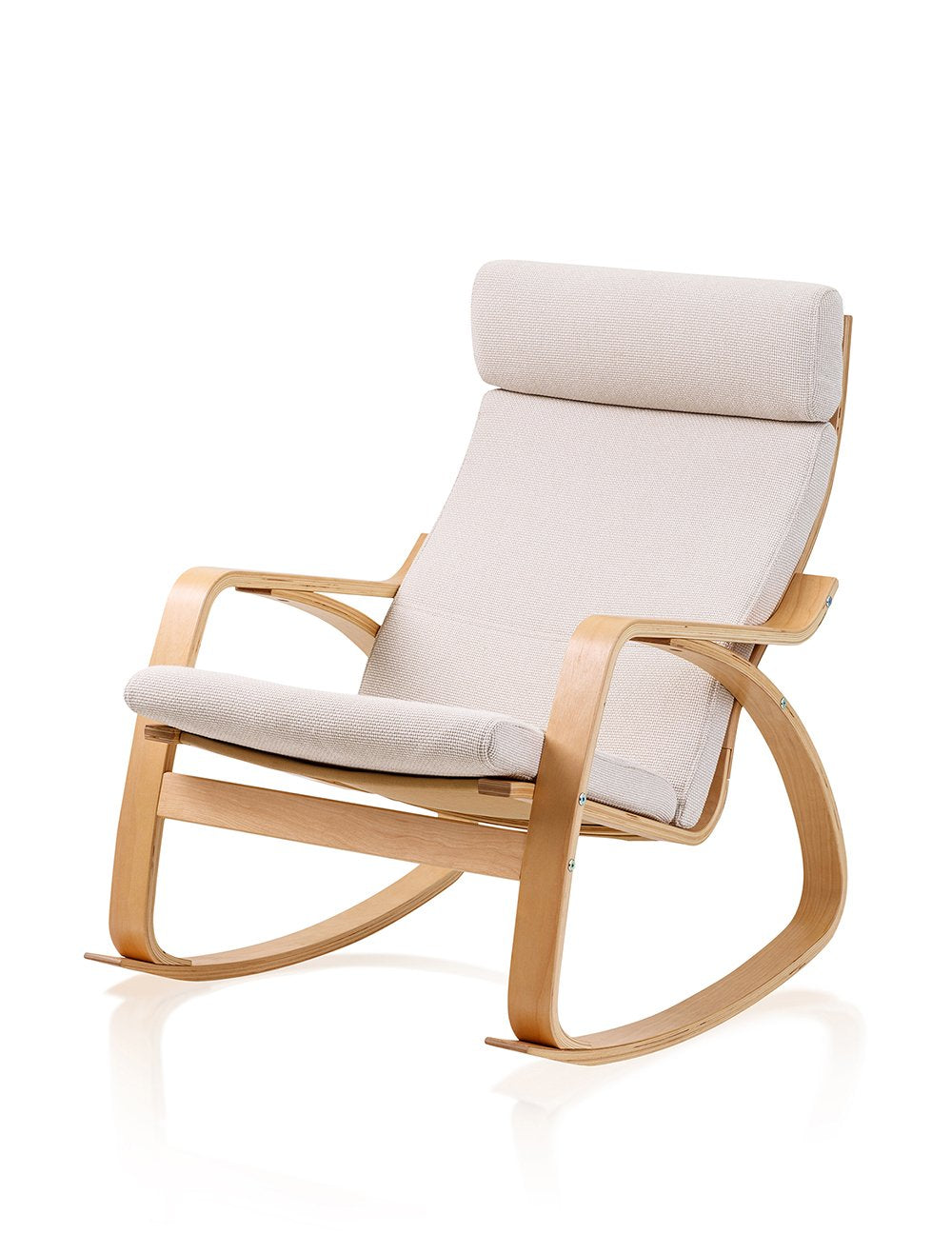
One of the basic pieces of furniture, a chair is a type of seat. Its primary features are two pieces of a durable material, attached as back and seat to one another at a 90° or slightly greater angle, with usually the four corners of the horizontal seat attached in turn to four legs—or other parts of the seat's underside attached to three legs or to a shaft about which a four-arm turnstile on rollers can turn—strong enough to support the weight of a person who sits on the seat (usually wide and broad enough to hold the lower body from the buttocks almost to the knees) and leans against the vertical back (usually high and wide enough to support the back to the shoulder blades).
The legs are typically high enough for the seated person's thighs and knees to form a 90° or lesser angle. Used in a number of rooms in homes (e.g. in living rooms, dining rooms, and dens), in schools and offices (with desks), and in various other workplaces, chairs may be made of wood, metal, or synthetic materials, and either the seat alone or the entire chair may be padded or upholstered in various colors and fabrics. Chairs vary in design.
An armchair has armrests fixed to the seat; a recliner is upholstered and under its seat is a mechanism that allows one to lower the chair's back and raise into place a fold-out footrest; a rocking chair has legs fixed to two long curved slats; and a wheelchair has wheels fixed to an axis under the seat.
Chairs can be made from wood, metal, or other strong materials, like stone or acrylic. In some cases, multiple materials are used to construct a chair; for example, the legs and frame may be made from metal and the seat and back may be made from plastic. Chairs may have hard surfaces of wood, metal, plastic, or other materials, or some or all of these hard surfaces may be covered with upholstery or padding.Worldwide
Guarantee
Payment
POLICY
One of the basic pieces of furniture, a chair is a type of seat. Its primary features are two pieces of a durable material, attached as back and seat to one another at a 90° or slightly greater angle, with usually the four corners of the horizontal seat attached in turn to four legs—or other parts of the seat's underside attached to three legs or to a shaft about which a four-arm turnstile on rollers can turn—strong enough to support the weight of a person who sits on the seat (usually wide and broad enough to hold the lower body from the buttocks almost to the knees) and leans against the vertical back (usually high and wide enough to support the back to the shoulder blades).
The legs are typically high enough for the seated person's thighs and knees to form a 90° or lesser angle. Used in a number of rooms in homes (e.g. in living rooms, dining rooms, and dens), in schools and offices (with desks), and in various other workplaces, chairs may be made of wood, metal, or synthetic materials, and either the seat alone or the entire chair may be padded or upholstered in various colors and fabrics. Chairs vary in design.
An armchair has armrests fixed to the seat; a recliner is upholstered and under its seat is a mechanism that allows one to lower the chair's back and raise into place a fold-out footrest; a rocking chair has legs fixed to two long curved slats; and a wheelchair has wheels fixed to an axis under the seat.
Chairs can be made from wood, metal, or other strong materials, like stone or acrylic. In some cases, multiple materials are used to construct a chair; for example, the legs and frame may be made from metal and the seat and back may be made from plastic. Chairs may have hard surfaces of wood, metal, plastic, or other materials, or some or all of these hard surfaces may be covered with upholstery or padding.No Video
While there isn't a law requiring ecommerce stores to have a Return Policy, you may need one if you wish to enforce your terms and parameters of returns and refunds.
For example, in the state of New York, if a retailer does not provide a Return & Refund Policy, the retailer will be required to accept returns and give refunds for all merchandise returned within 30 days of purchase. If you wish to limit this in any way, you will need to create and post a Return Policy with your own custom terms.
Another reason for having a Return Policy even if not required by law is that most consumers prefer to shop at retailers with a clearly-posted Return Policy. This is especially important when shopping online, as more issues are likely when purchasing something without being able to see it in person first.
If you don't have a Return Policy, you may be at the mercy of state laws regulating return and refund timeframes. You may also lose potential customers who are concerned about not being able to return a product if they need or want to.

